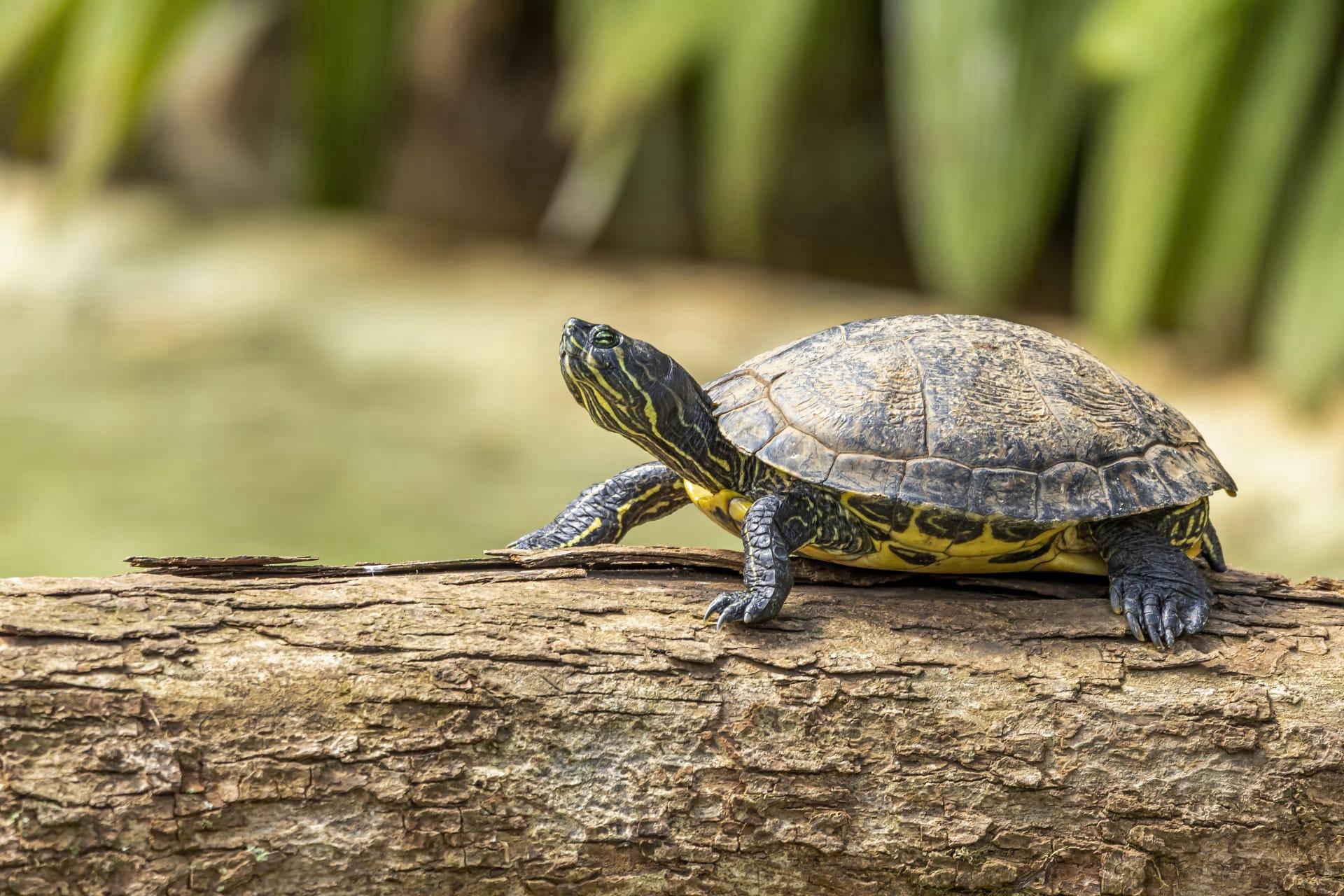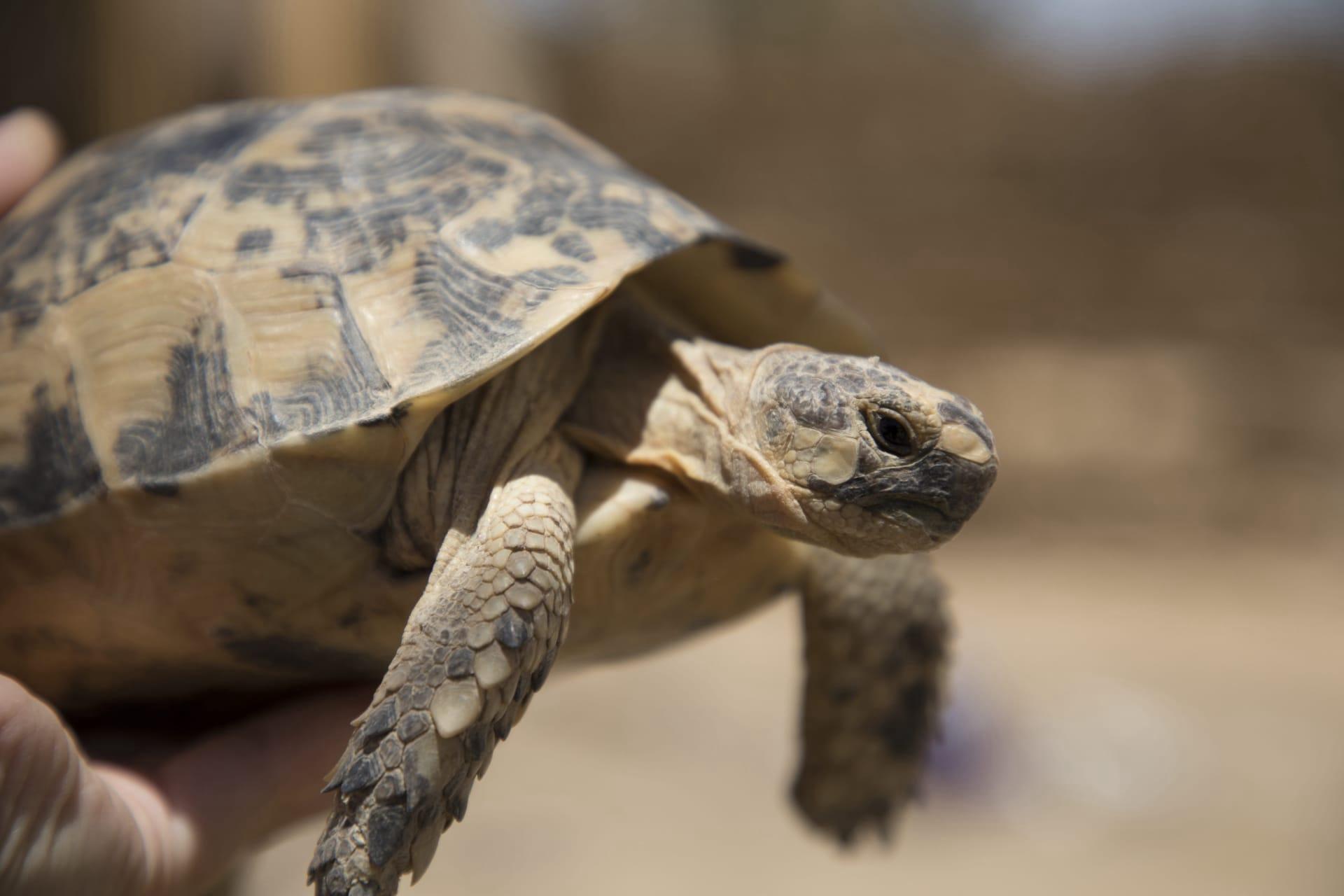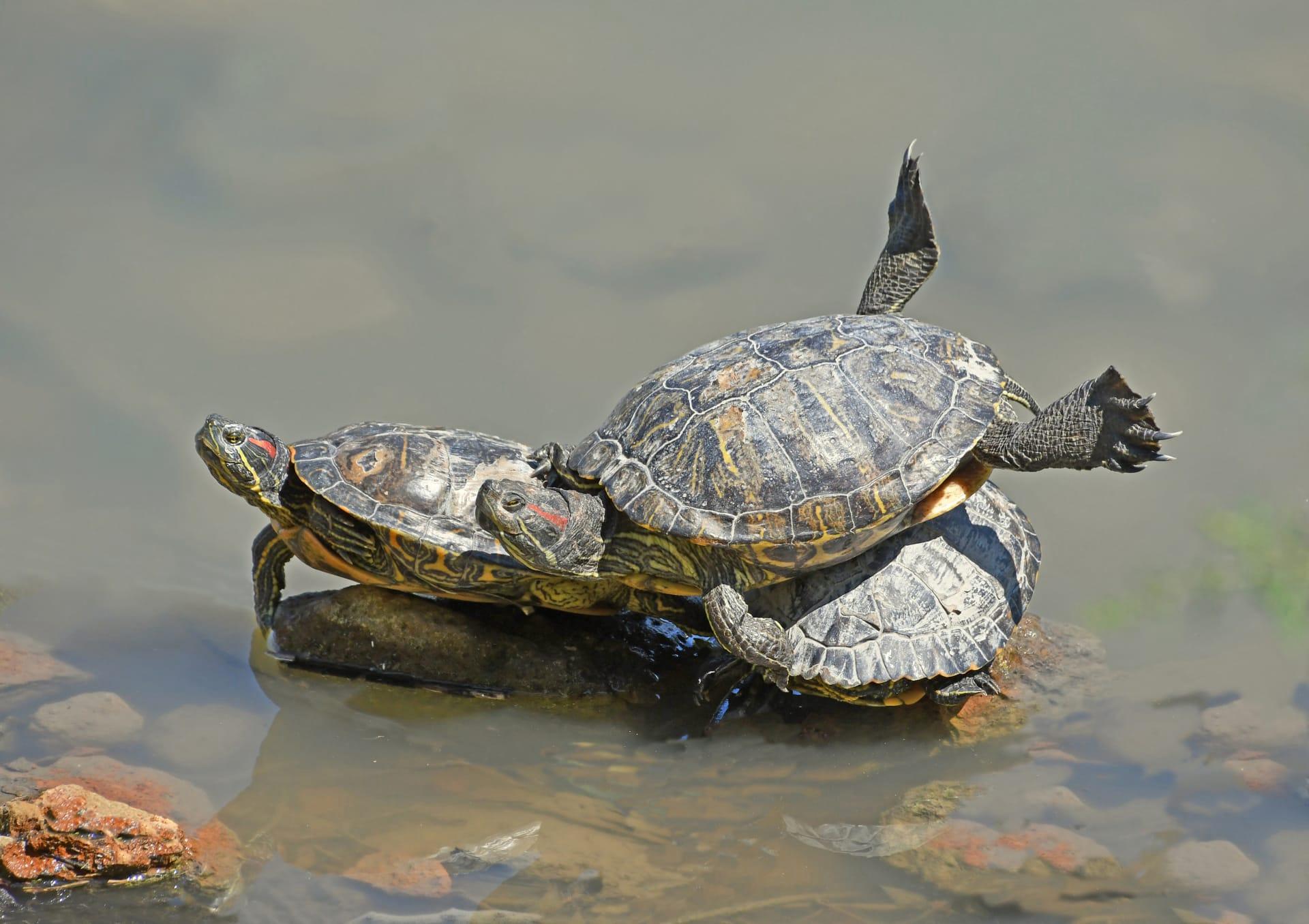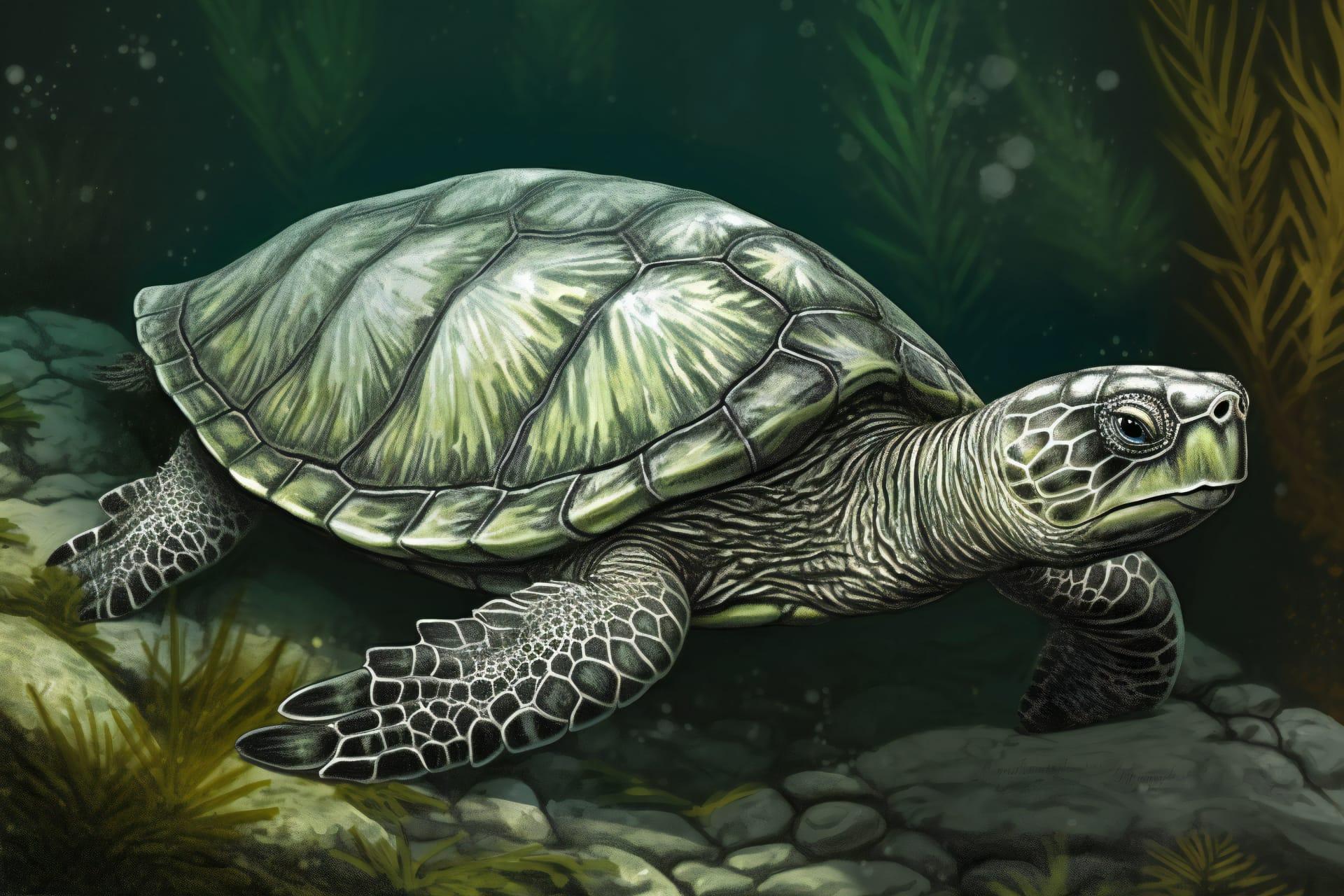Turtle Characteristics
- Home /
- Mini Encyclopedia /
- Animal /
- Turtle Characteristics
1
Turtles, remarkable creatures inhabiting our planet, showcase fascinating physiological traits. Their body sizes vary greatly, ranging from the tiny speckled padloper tortoise at about 3 inches to the colossal leatherback sea turtle stretching nearly 6.5 feet. Turtles are also known for their impressive longevity. Some species, like the well-documented Aldabra giant tortoise, can live beyond 150 years, showcasing their resilience and adaptation over time.
One of the most distinctive organs of a turtle is its shell. This unique feature, made up of about 60 bones including the ribs and spine, is not just a home but a shield. The shell comprises two parts: the carapace (upper section) and the plastron (lower section). Remarkably, this structure is both sturdy, providing protection, and lightweight, aiding in buoyancy and movement. The shell evolves with the turtle, reflecting its health and age, and is a critical aspect of its survival strategy in the wild.

2
Question: Can turtles detach from their shells?
Answer: A common misconception about turtles is that they can leave their shells, much like hermit crabs. However, this is a myth. Turtles are physically fused to their shells, which are an integral part of their skeleton. The shells grow with them from birth, containing their ribs and spine. This biological fusion means that a turtle cannot exit its shell without causing serious harm to itself. The shell, being a part of the turtle's body, is vital for its protection and mobility.

3
Turtles exhibit distinct movement characteristics. On land, most turtles move slowly and steadily, with an average speed of 0.2-0.3 mph. This pace is partly due to their heavy shells and short, sturdy legs. However, in water, they are much more agile. Sea turtles, for example, can swim at speeds up to 22 mph, using their flipper-like limbs for powerful propulsion.
In terms of feeding, turtles have varied diets based on their species. Some are carnivorous, consuming fish, insects, and other small animals. Others are herbivores, feeding on plants and fruits. Aquatic turtles often use their sharp beaks to grasp and tear food, while terrestrial turtles might consume food by grinding with their strong jaws. This diversity in feeding habits showcases their adaptability to different environments and available food sources.

4
Turtles inhabit a wide range of environments, from arid deserts to tropical oceans. Their habitats are closely tied to their species. For instance, sea turtles spend most of their lives in the ocean, only coming ashore for nesting. Conversely, many land-based turtles live in forests, grasslands, and even semi-arid areas, demonstrating their adaptability to various climates and ecosystems.
Reproduction in turtles is another fascinating aspect. Most species lay eggs in carefully dug nests on land. The temperature of the sand where the eggs are incubated can determine the sex of the hatchlings – a warmer nest typically results in more females. After incubation, which varies from weeks to months depending on the species, the young turtles make their way to the water or into the safety of their terrestrial habitat, often facing numerous predators and challenges along their journey.

5
Book: "The Secret Life of Turtles" by Dr. James R. Spotila. This engaging book, published in the United States in the late 20th century, offers a comprehensive look at the biology and conservation of turtles. Dr. Spotila, an esteemed herpetologist, delves into the world of these ancient creatures, exploring their evolution, behavior, and the threats they face in the modern world. The book is both informative and accessible, appealing to a wide audience interested in wildlife conservation.
Book: "Turtles of the World" by Carl H. Ernst and Roger W. Barbour. This seminal work, published in the United States in the mid-20th century, is a detailed guide to turtle species globally. Ernst and Barbour, renowned experts in the field, provide in-depth descriptions of various turtle species, their habitats, and characteristics. The book serves as an essential reference for researchers and enthusiasts alike, offering a window into the diverse and fascinating world of turtles.